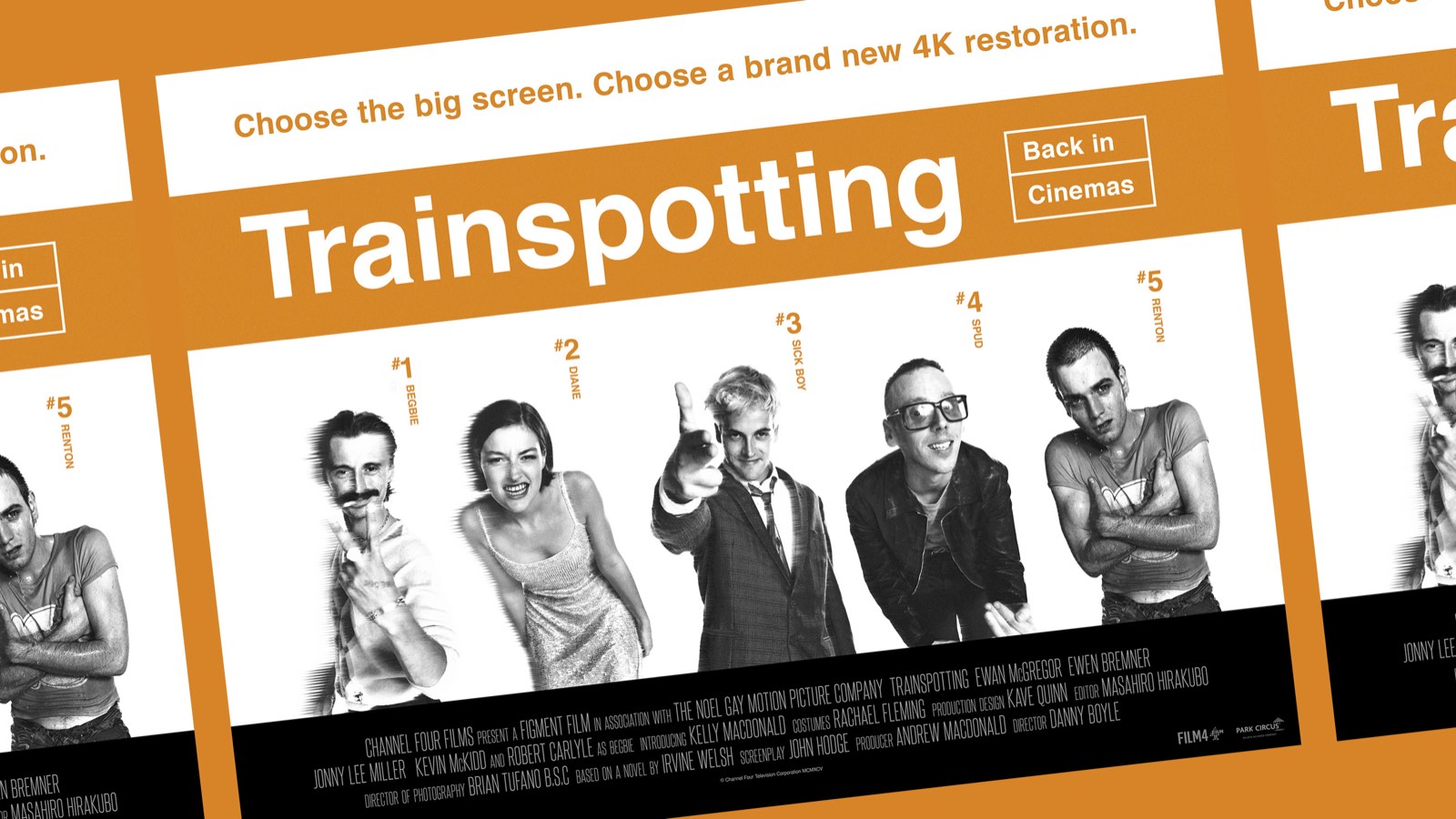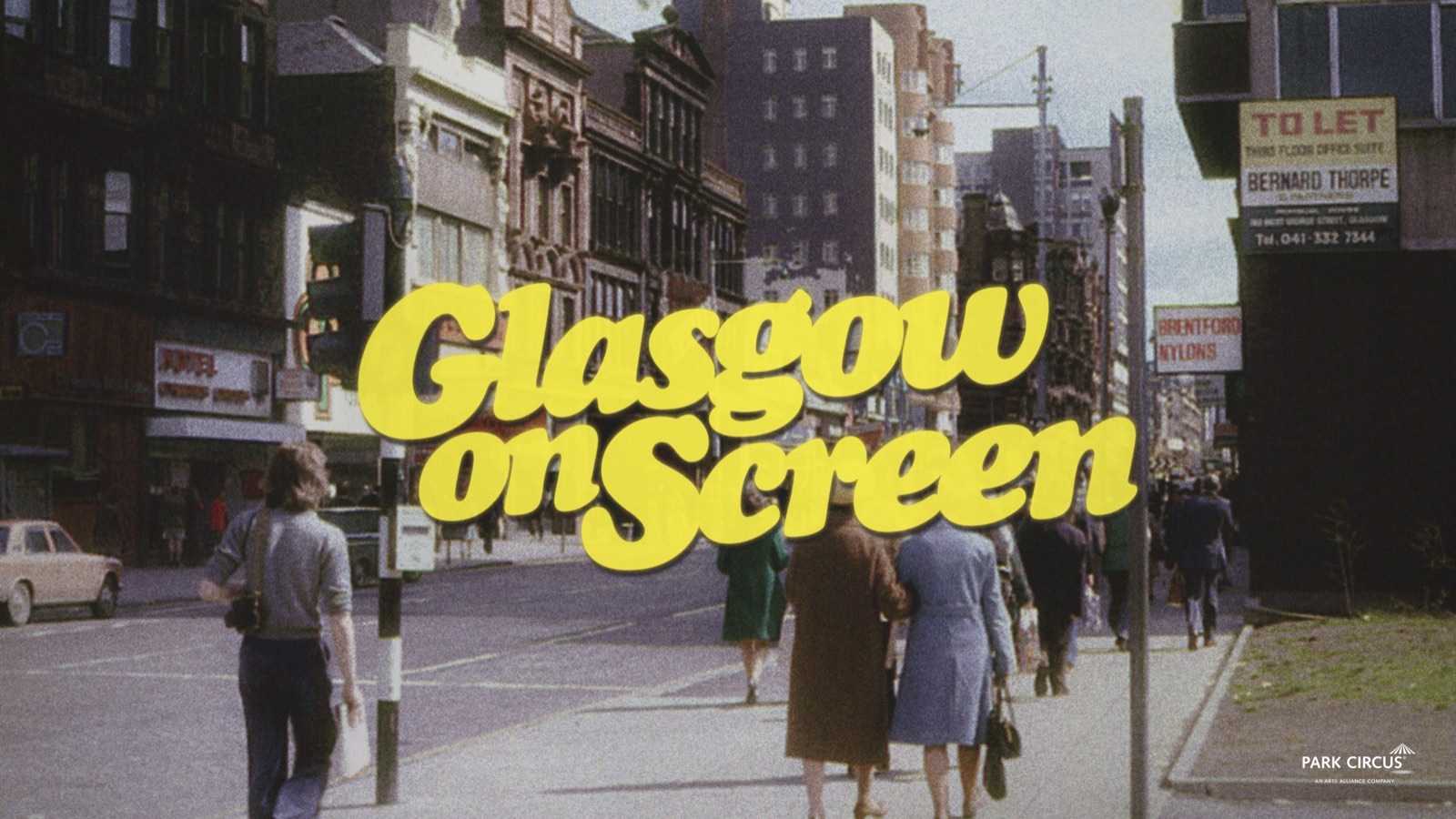

The collective experience of audiences in a cinema watching great films is at the heart what Park Circus is about.
As we celebrate Halloween this week, and gear up to our release of 1998 horror vampire classic Blade, we are revisiting one of the spookiest in our Guest Picks series, in which we asked Professor Jeffrey Weinstock, Professor of English at Central Michigan University, and author of the fantastic book The Vampire Film: Undead Cinema for his favourite vampire films to enjoy during Halloween.
Over to you, Jeffrey...
Nosferatu, A Symphony of Horrors (F.W. Murnau, 1922)
All prints of director F. W. Murnau’s unauthorized adaptation of Bram Stoker’s novel were supposed to have been destroyed after Stoker’s widow Florence sued Murnau’s production company for copyright infringement and won. Happily, prints survived and Nosferatu is now recognized as a significant example of German Expressionism and landmark contribution to the vampire genre. Notably, this is the film that first showed us vampires going up in smoke when exposed to the sun.
This cerebral meditation on the relationship between vampirism and cinema purports to document the making of F. W. Murnau’s Nosferatu—with the twist that the actor playing Murnau’s vampire Count Orlock is actually a vampire. Featuring John Malkovich as Murnau and, in an inspired bit of casting, Willem Dafoe as a vampire pretending to be an actor playing a vampire, Shadow of the Vampire reveals that Nosferatu casts a long shadow indeed.
Dracula (Tod Browning, 1931)
Tod Browning’s iconic 1931 version of Dracula owes much more to the 1924 stage play of Dracula by Hamilton Deane and John L. Balderston than it does to Stoker’s novel. The special effects may seem a little silly today and the climax is abrupt. However, Bela Lugosi’s performance as Count Dracula, with his evening wear and exotic accent, established the mold against which all other representations of the Count are measured. Dracula remains essential viewing for vampire film aficionados.
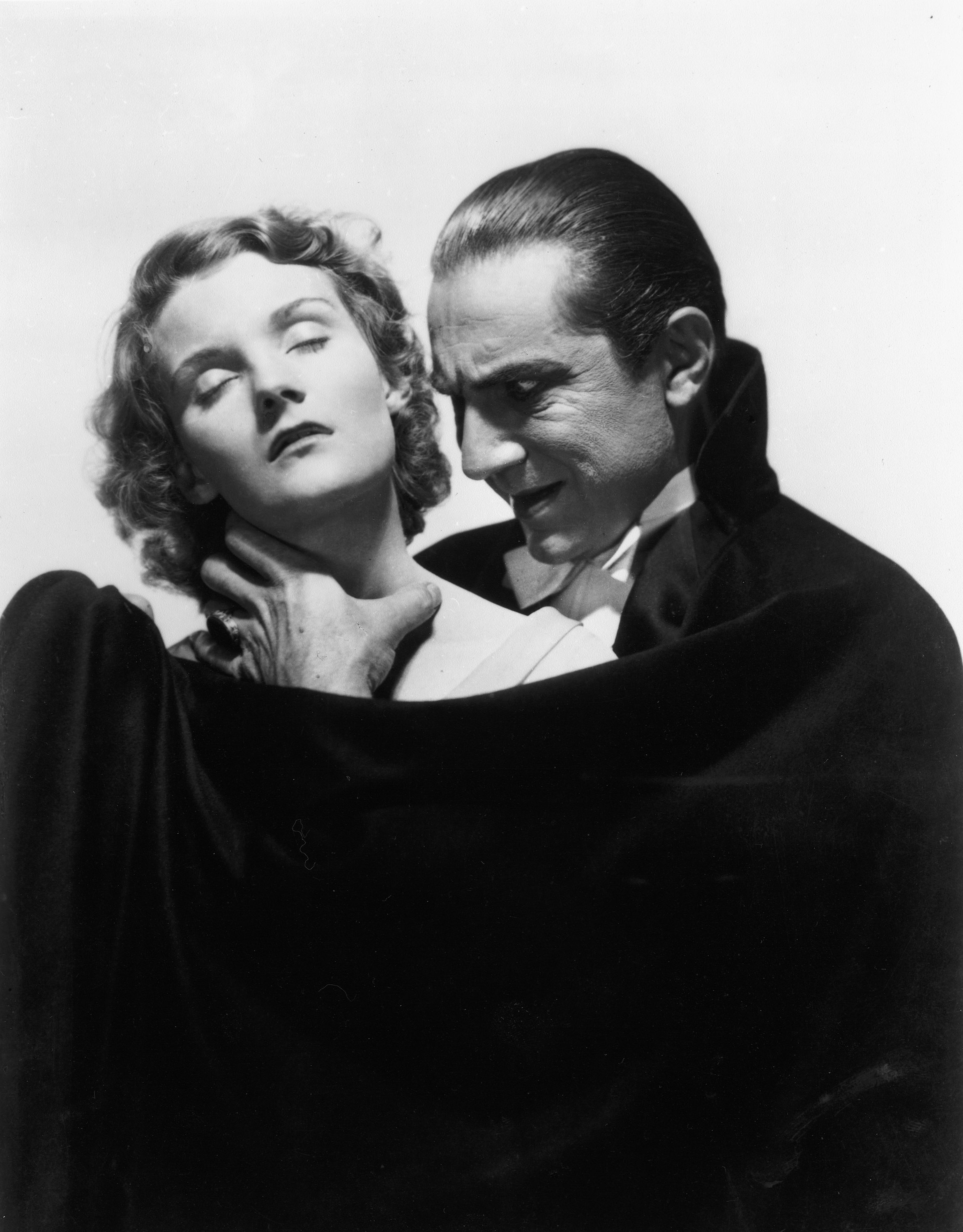
Dracula (1931)
Credit: Universal Pictures
The Horror of Dracula (Terence Fisher, 1958)
Next to Bela Lugosi, the most famous portrayal of Count Dracula is undoubtedly that by Christopher Lee, who debuted in the role in this adaptation of Dracula by the U.K.’s Hammer Film Productions—one that also stars Peter Cushing in the role of Doctor Van Helsing. Lee’s Dracula is much more dynamic and assertive than Lugosi’s and, because this film boasts technicolor, the blood, finally, is not just the life but also bright red!
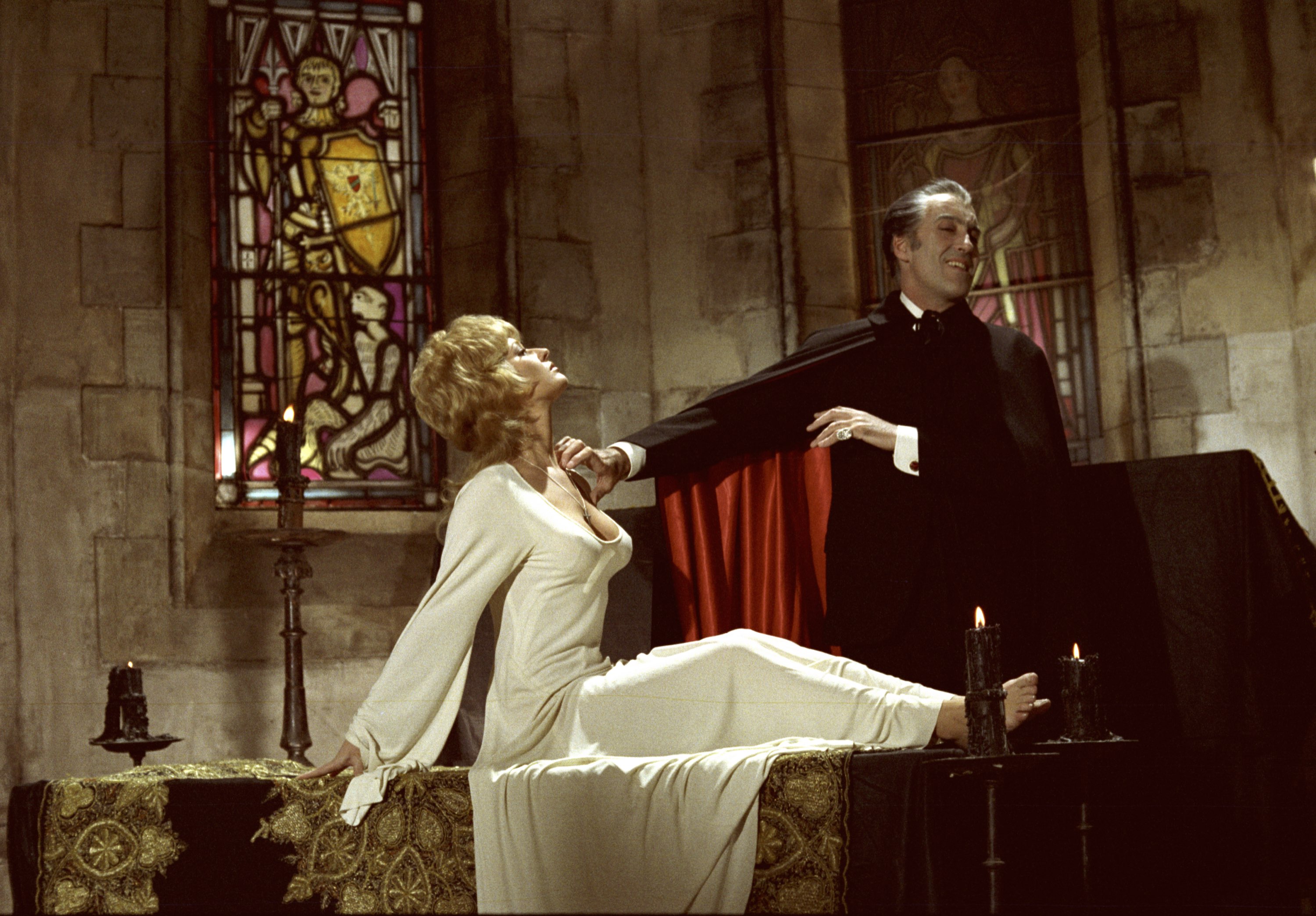
The Horror of Dracula (1958)
Credit: Warner Bros. Pictures
Daughters of Darkness (Harry Kümel, 1971)
Delphine Seyrig shimmers as the vampiric Countess Elizabeth Báthory in Harry Kümel’s sexy and stylish entry into the lesbian vampire subcategory. Atmospheric and aesthetically beautiful, Daughters of Darkness is a dark delight.
Thirst (Park Chan-wook, 2009)
Park Chan-wook’s South Korean Thirst is an untraditional vampire tale involving a Catholic priest who becomes a vampire after a medical experiment goes awry and then struggles with his affliction and his role in creating another vampire who lacks his scruples about taking human life. Amid the gore (and there’s a good bit of it), the film raises some fascinating philosophical questions about why bad things happen to good people and the role of God in human affairs.
Byzantium (Neil Jordan, 2012)
Neil Jordan has danced with vampires twice: first, with 1994’s star-studded adaptation of Anne Rice’s Interview With the Vampire and then again with 2012’s much better but lesser-known Byzantium, which involves a mother-daughter vampire duo. Moody and compelling, Byzantium suggests there are two kinds of vampires: those that literally suck blood and those that metaphorically drain the life out of other people—and the former can sometimes be the antidote to the latter.
Only Lovers Left Alive (Jim Jarmusch, 2013)
Only Lovers Left Alive features Tom Hiddleston as melancholic vampire Adam and Tilda Swinton as his undead paramour Eve who seeks to revive his spirits. When Eve’s wilder vampire “sister” Ava (Mia Wasikowska) interrupts the duo’s seclusion, things get a bit out of hand in Jim Jarmusch’s light-hearted and poetic love letter to Detroit.
A Girl Walks Home Alone at Night (Ana Lily Amirpour, 2014)
Set in the fictional “Bad City” Iran, Ana Lily Amirpour’s artsy Persian-language “vampire western” A Girl Walks Home Alone at Night, like Neil Jordan’s Byzantium, suggests that men who abuse women are the true vampires and then unleashes its chador-wearing vampire antihero to collect retribution, even as a touching relationship forms with the film’s protagonist, Arash (Arash Marandi).
A Girl Walks Home Alone at Night is part of our Halloween Fatal Femmes collection hitting cinemas this spooky season.
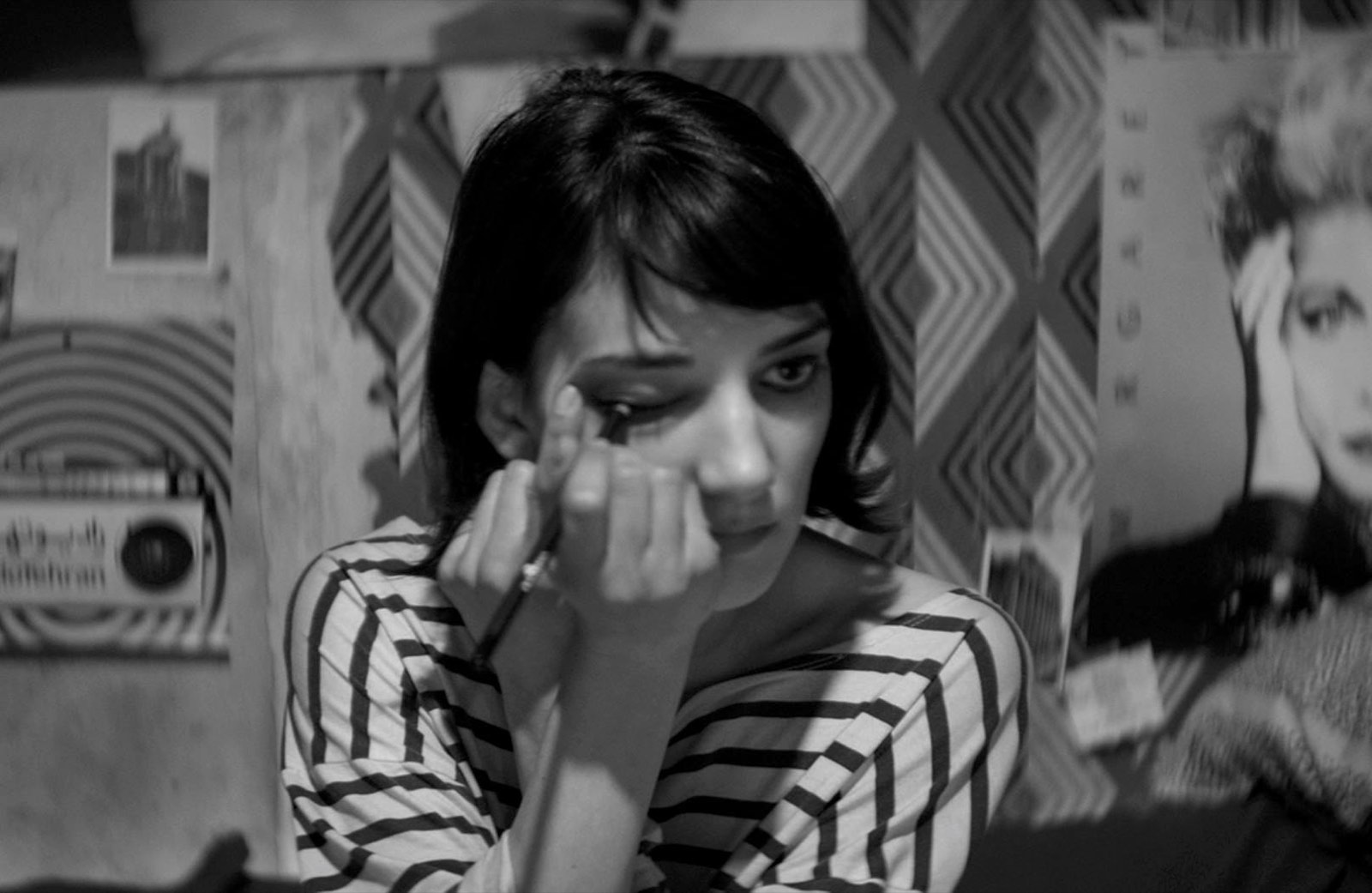
A Girl Walks Home Alone at Night (2014)
Credit: StudioCanal
What We Do in the Shadows (Jemaine Clement, Taika Waititi, 2014)
Premised on the idea of a documentary crew allowing us a peek into the lives of vampire roommates Viago (Taika Waititi), Vladislav (Jemaine Clement), and Deacon (Jonathan Brugh), What We Do in the Shadows is a hilarious send up of the whole vampire genre—and highlights just how cliché-ridden the genre has become. This film is the basis for the FX television series of the same name, although the series stars different actors and is set in New York City’s Staten Island borough rather than in New Zealand.



